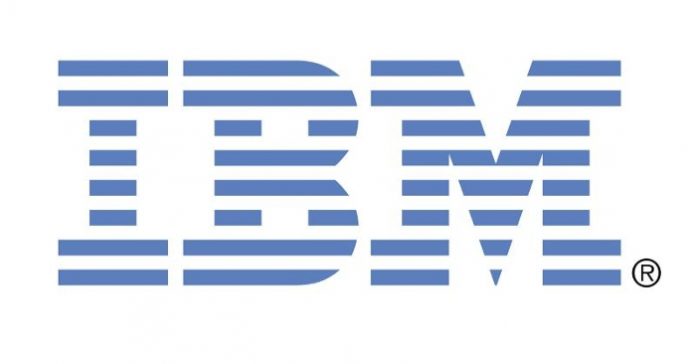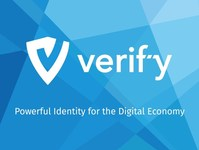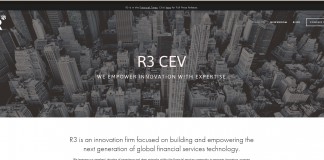Recently, insurance consortium B3i announced its new smart contract prototype, which uses the IBM Blockchain Platform to improve processes in the insurance industry. Built on the open source Hyperledger Fabric, the IBM Blockchain Platform will be used to streamline the insurance industry and improve the system for the wide variety of individuals and companies involved.
Global Managing Director for the Insurance Industry at IBM, Sandip Patel kindly agreed to an interview with Chain-Finance to answer some questions on blockchain technology and how it can be applied to the insurance industry.
The first point of discussion was the nature of the problems that are currently being faced by insurers who are using traditional means. For this, Patel described a number of issues, but perhaps most notable was the huge amount of effort that it takes for these processes to take place. Any contracts that are administered are very process intensive. One of the causes for this is the highly regulated environment in which insurance has to take place in order to protect against fraud and other malicious activity. Manual processes are often required as systems used across different entities don’t always communicate between each other; therefore, to ensure key events take place, physical checks are needed across multiple parties, and sometimes across multiple countries. This is complicated even further in jurisdictions where processes aren’t automated. Not only is this a costly and time consuming process, but it also as the potential to lead to disputes which cause further waste.
One example given by Patel of this occurring was with insurance regulation in Kenya, which required a cash premium to be paid before coverage is given. This ‘cash before coverage’ policy requires a high level of manual intervention. However, through blockchain, a solution was found. AIG and Standard Chartered worked with IBM on a method to make multinational coverage execution more efficient. The pilot solution was built by IBM, based on the Hyperledger Fabric, and created a smart contract to represent relevant policies, providing a number of advantages, including a shared view of policy data and documentation in real-time, automated notifications of payments and the option to include third parties such as brokers or auditors in the network.
Patel sees the biggest benefits of blockchain technology to insurance as its ability to reduce costs and transparency. On transparency, Patel explained that regulators will be able to ensure compliance with much greater ease, and establish provenance and trust for clients. With automation removing the need for manual checks and intervention, as well as removing the need for dispute resolution and waiting time, huge cost savings can be realised by using distributed ledger technology. At a recent conference, Patel related, it was proposed that contracts run through blockchain could save 20 to 30% of costs, leading to reinsurance becoming a lot more available in parts of the world where it is currently unaffordable. This would give rise to new and emerging markets experiencing much improved risk protection. in a similar vein, with the example of the AIG and Standard Chartered project going into production, it was suggested that the improved transparency could lead to better credit ratings being offered as the solution was more trustworthy than current alternatives.
This is just one example of blockchain being used to improve an industry, but there are many others to be seen. Patel reported that commercial insurance is experimenting very aggressively with blockchain technology; with reinsurance, the B3i consortium represents over half of the reinsurance premiums globally, demonstrating an industry willing to engage with new technology, and interest is reported to be growing rapidly as Proof of Concepts and working solutions are developed.
IBM currently has over 400 active client engagements working with customers on blockchain solutions, which the company has been commercialising since 2015. At the start of this year, IBM began work on a pilot with B3i which has now moved to pre-production for market testing. Other examples include food safety with Walmart, private equity fund administration with Northern Trust, and a luxury goods exchange with Everledger. Patel also noted that an announcement would be coming soon with information pertaining to a Chinese insurance company.
The decision of B3i to work with IBM, Patel believes, was partly down to this level of maturity of the IBM blockchain, where it has moved well beyond the infancy stage and is being used to build solutions for enterprise. Indeed, the IBM financial team uses these blockchain solutions themselves. Besides this, the open source and flexible nature of the Hyperledger architecture, alongside the high levels of security that IBM has integrated into every layer of the platform were all likely contributing factors. Also worth noting is the ability that the Hyperledger solution enables to offer different privacy levels to multiple parties who may be involved in the same contract, protecting sensitive data whilst allowing each group to access what they require.
With the work being done by IBM and others, it will not be long before blockchain technology starts to become the norm. With other developments in technology such as AI and Internet of Things, Patel explained that blockchain technology would be key in enabling new developments. Eventually, it is likely that it will become vital for new technology.
Patel remarked that blockchain has applicability in every single industry; as we start to work in a digitally connected world, lines between industries begin to blur. Connected supply chains will change how business is managed going forwards. Professions will change as technology advances. The nature of risk management is going to become very different with cognitive AI etc., and blockchain will start to be used to show providence and ensure trust. Patel emphasised: we should not to look at blockchain in isolation.













